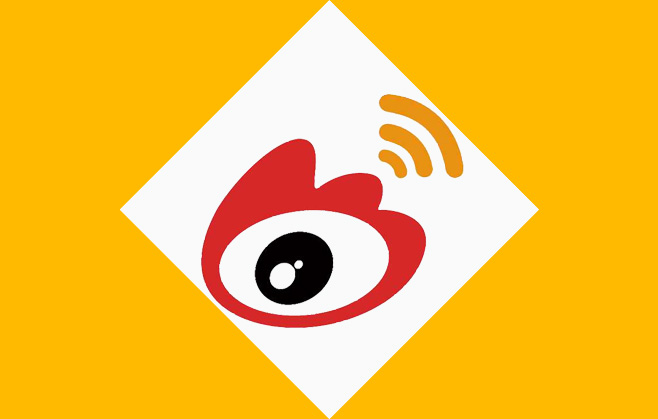
The Practice investigates: the other social networks
The Practice team classify ourselves as social media aficionados, but even we like to keep it simple by just maintaining four or five active accounts at most. But when it comes to discovering new platforms, we’re always keen to explore. Today we consider one of the biggest networks that’s been making waves: Sina Weibo.
Sina Weibo has been dubbed the Chinese Twitter, and although relatively unknown in the West, has over 500 million users. The microblogging site shares similar features with its American counterpart, including the “@”, hash tag, 140 character limit, and even offers a retweet function, whereby users implement the “//” symbol as opposed to “RT”. And like Twitter, the platform plays host to many a celebrity account- aside from prominent Chinese stars, Tom Cruise, Bill Gates and Boris Johnson are also active users, as is former Australian Prime Minister, Kevin Rudd.
With such a huge user base, does Sina pose a threat to Twitter? After a Chinese newspaper proudly declared; “Tweeting’s so yesterday”, the site saw rapid growth of approximately 50 million new users per quarter. From our experience, Sina boasts an even more impressive array of features than Twitter, with detailed user profiles, embeddable audio capacity on top of image and video, many more apps, and a marketplace with even its own currency called “weibi”. Only time will tell if Sina starts to ruffle a few feathers across the globe. There’s certainly no denying that Chinese social networking sites in general will be the ones to watch in terms of sheer user number. Others too are growing in popularity. Like Sina, 51.com, for example, has also established itself as one of the country’s most successful platforms. Current member figures exceed 120 million- to put this in perspective that’s half of China’s 210 million Internet users. 51.com more closely resembles Facebook in that users create their own profiles, to which they can upload photos, statuses and blog entries.
So which other global social media giants should we be aware of? While Facebook and Twitter spring to mind as the dominant international sites, many more are establishing powerful presences among certain regional demographics. Hi5, for example, is the Latin American answer to Facebook, and became a huge hit after its creators looked for an opportunity to diversify with a Spanish version of the site. With users able to create profiles, share status updates, photos, videos and play games, it now stands as the most popular social network in Mexico and Central America. Similarly, social networking site, Skyrock, (also known as Vive le Skyrock), targets the French market, currently holding the number one position in France. Like Facebook, users are able to share and interact, post blog entries, videos and updates to their profiles- in fact Skyrock is so successful it ranks in the top ten social networking sites worldwide, with a member base of around 40 million.
Do you use any lesser-known social networking site, or ones that target a specific local audience? And do you feel there are any that offer users something beyond the realms of Facebook or Twitter? We’d love to hear your choices and experiences of these. So please tweet to and follow us @PracticeDigital and comment via our Facebook page.




